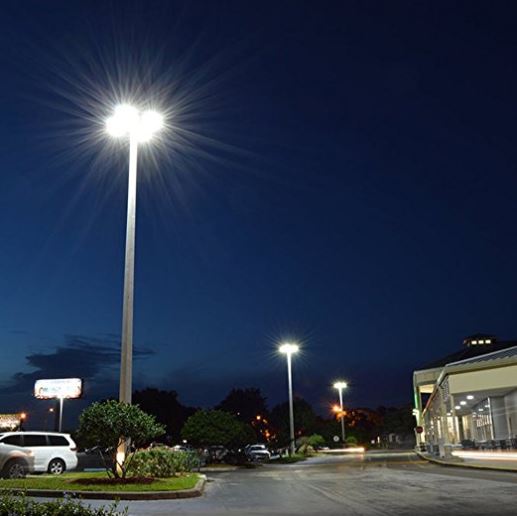 Top 4 Questions About LED Lights
Top 4 Questions About LED Lights
There are roughly 40 light sockets that can be found in almost any average American home. When you consider the number of auxiliary lights outside of your home or in your office the number of lights that you may regularly encounter can go up exponentially. The overall cost of running all of these lights across our world can be quite a drain on the community. New bills across the United States are working to increase energy efficiency for facilities across the nation. Switching over from incandescent bulbs to LED lights can promise up to 70% savings on lighting utility bills yearly. Even though there are various credits associated with switching over to LED lighting and people consider it favorably, LED lights are not widely understood by the general public. Here are the top four questions about LED lights most commonly asked by commercial consumers!
What Does LED Mean?
LED is short for light emitting diode. This is because the inside of the bulb is a one-way electrical wire called a diode that emits a light using far less power than any type of fluorescent or incandescent lighting system. As the electricity enters into the diode, it produces a white light and traps any of the heat in a heat sink also located within the bulb. LED’s can produce more light with less power and they’re also known for having a higher price. New advances in LED technology have led to the cost of these bulbs lowering however.
How Much Energy can They Save?
LED bulbs can last up to 25% longer than any incandescent light and they can reduce energy bills by up to 80%. Because of the much longer-lasting bulb and the massive efficiency improvement, it’s estimated that if the US were to switch over to energy-efficient bulbs, as a nation it would be possible to save up to $250 billion over the next few decades. An overall reduction in energy could result in lowered CO2 emissions as well as improvements for environmental credits that companies have been accumulating across the United States.
What Does the Future of LED Lighting Look Like?
As more people continue to adopt the use of LED lighting in their businesses we will continue to see more technology integrated into lighting systems. LED lighting is starting to use Wi-Fi integration and Smart Bulb technology leads to even greater efficiency and lighting control. More outdoor applications of LEDs are also set to rise, and were beginning to see more LEDs on roadways in parking lots and garages. It’s estimated that by 2030 around 84% of all of the lighting applications we use worldwide will be LEDs.
Can They be Recycled?
LEDs are also a more environmentally friendly lighting solution because they can be recycled. The bulbs don’t contain any amount of mercury and they aren’t known to contain any significant levels of metallic items either. LED lights can be recycled in most local municipalities or through mail back programs with the manufacturer. Make sure that you check the bulb before you buy it but a recyclable bulb can mean lowering your carbon footprint even further with LEDs.
If you’re interested in learning more about LEDs and their technology, contact us today and we can walk you through the process of installation and the advantages of these systems for your business! These questions about LED lights are just the tip of the iceberg!

